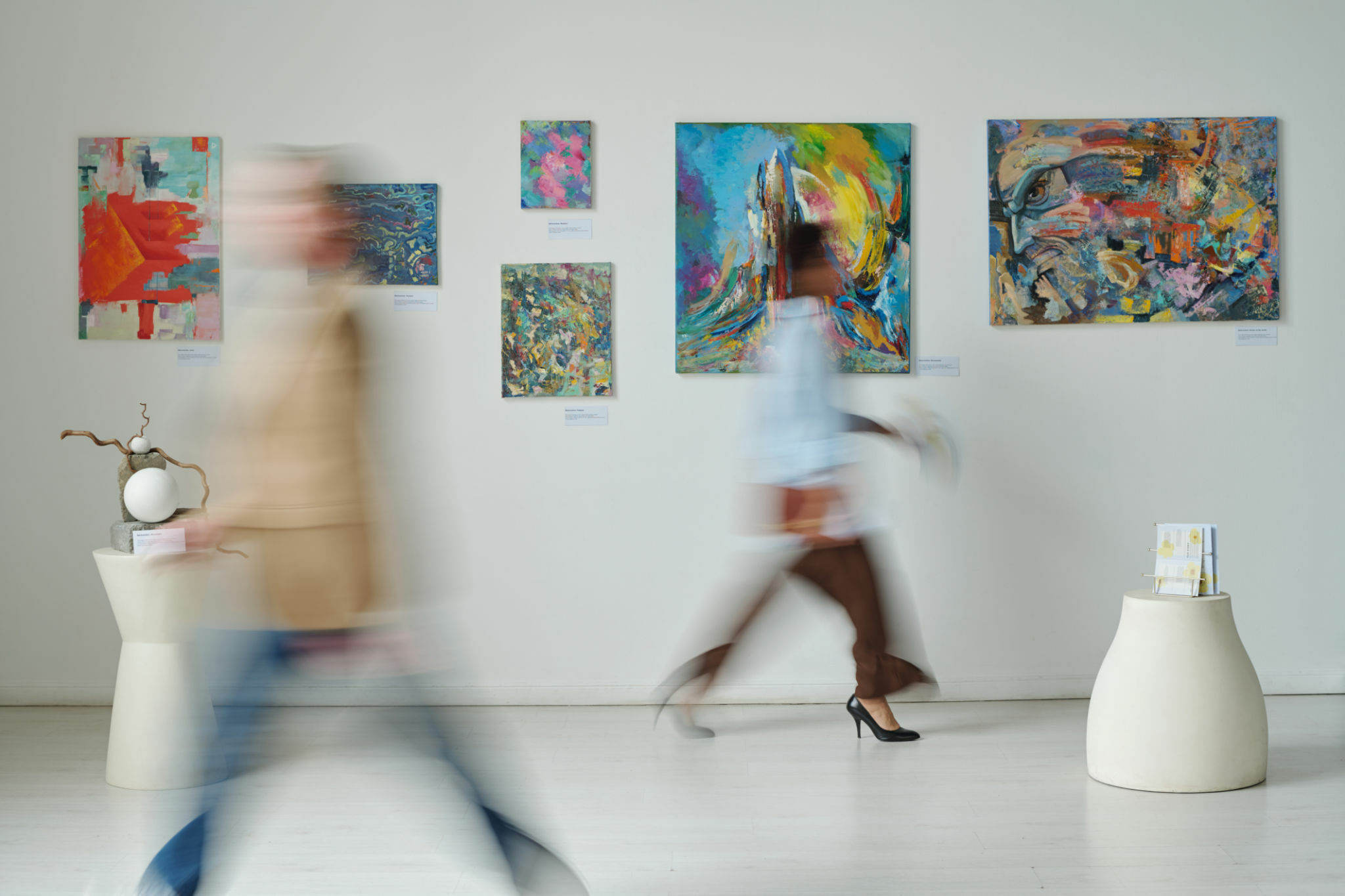The world of art and the Allure of Art collecting is a fascinating realm where passion, prestige, and economics intersect. For many, the act of purchasing art, especially at high prices, is not merely a transaction but a profound statement of personal and cultural value. The article explores the reasons behind the willingness of art enthusiasts to invest significantly in works of art.
The Psychological Appeal
-Emotional Connection: Art evokes deep emotional responses. Collectors often feel a personal connection to a piece, seeing it as a reflection of their identity of life experiences.
-Aesthetic Appreciation: The sheer beauty or unique artistic expression of a work can be a compelling reason for purchase.
-Intellectual Engagement: Art can challenge perceptions and offer new perspectives, engaging the mind in a way few other purchases can.
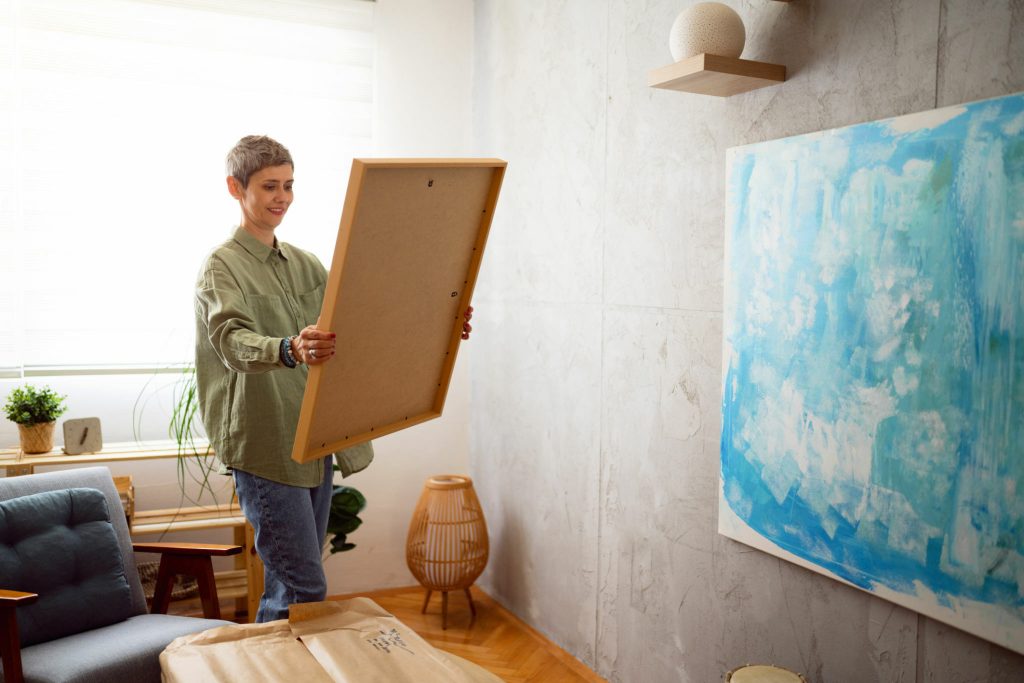
Social and Cultural Factors:
-Status Symbol: Owning high-value art can be a status symbol, signaling wealth, sophistication, and cultural capital.
-Cultural Preservation: Collectors may view themselves as guardians of cultural heritage, preserving art for future generations.
-Social Circles: The art world is often a network of artists, collectors, and galleries. Being an active buyer can foster social connections.
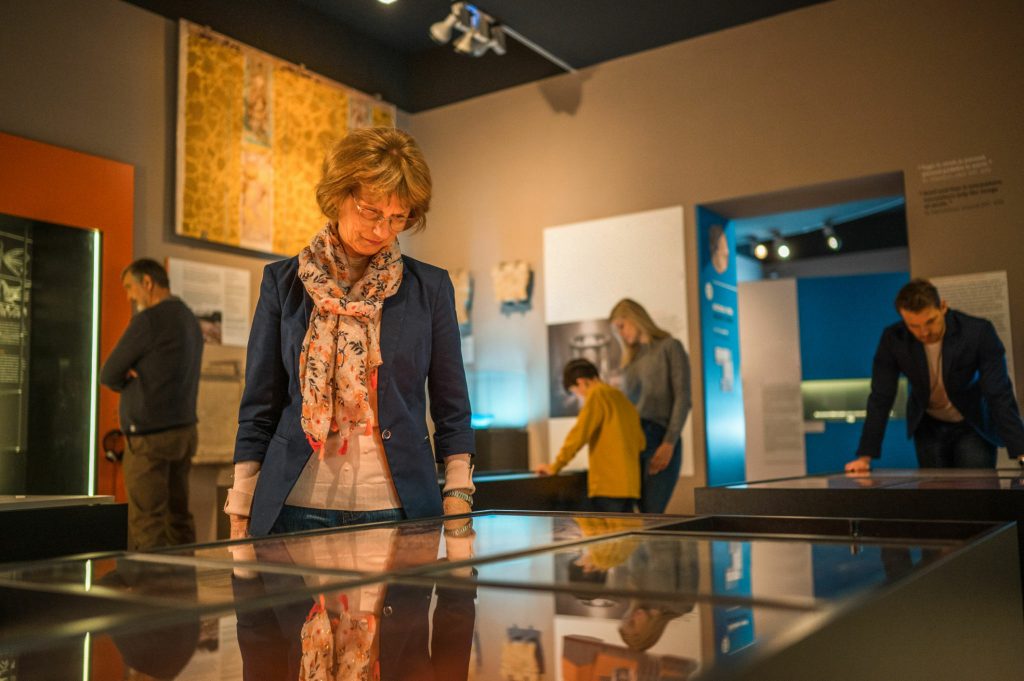
Economic Consideration
-Investment Value; Art can be a lucrative investment. Rare and sought-after pieces often appreciate over time.
-Market Dynamic: The art market is influenced by trends, critiques, and the reputation of artists, creating a dynamic investment environment.
-Tax Benefits: in some cases, purchasing art can offer tax advantages or be part of strategic financial planning.
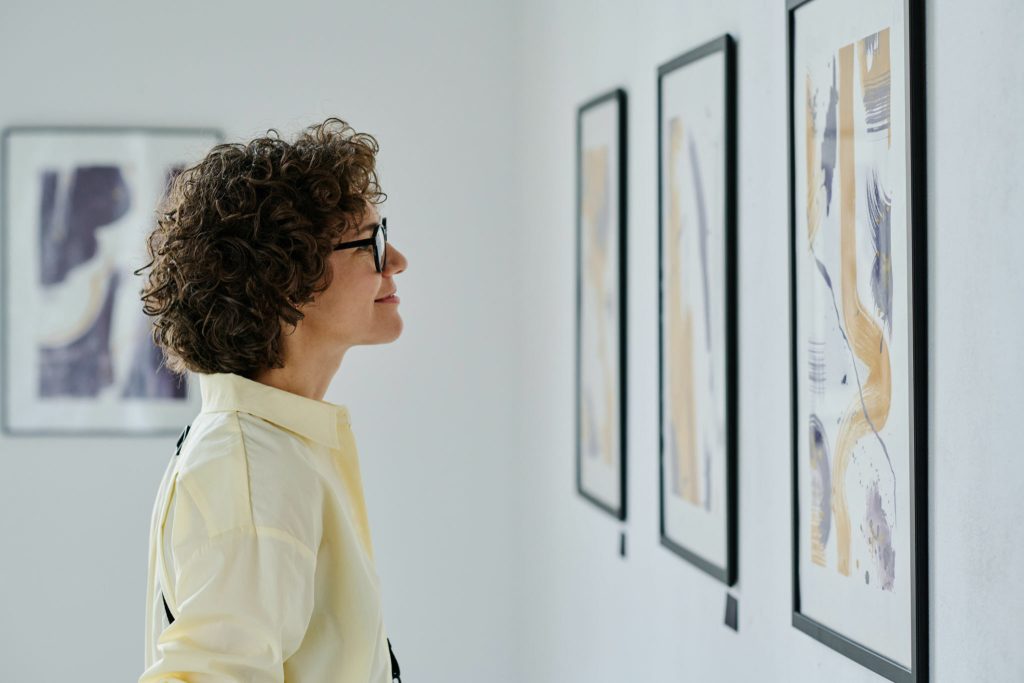
The Role of Galleries and Auction Houses
-Marketing and promotions: Galleries and auction houses play a crucial role in creating desirability for certain artworks.
-Authenticity and provenance: These institutions also assure authenticity and trace the history of artwork, adding its value.
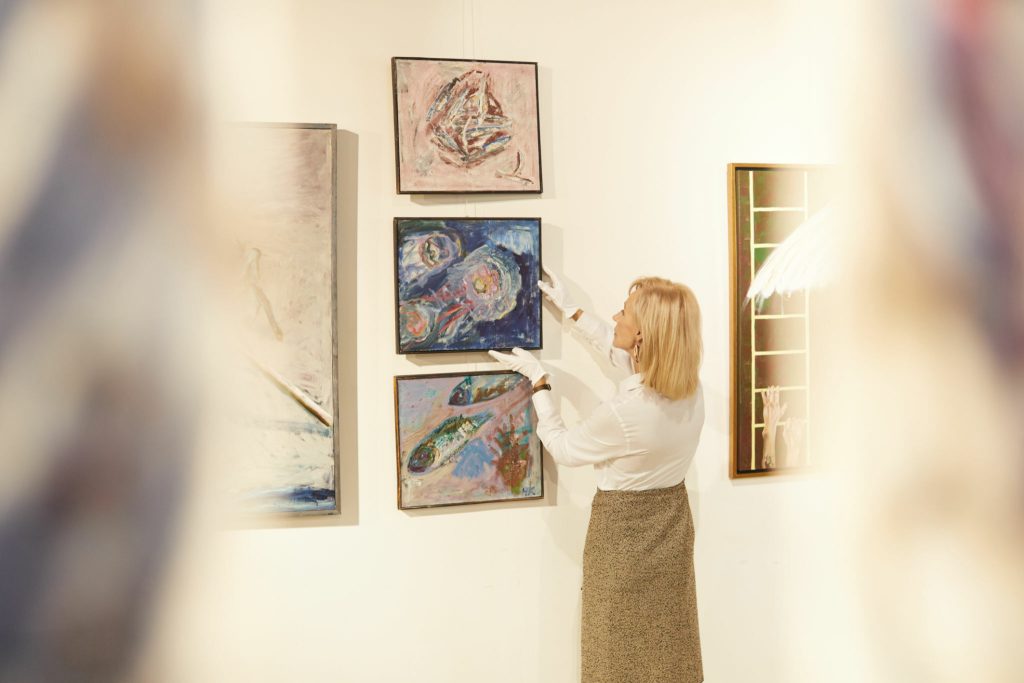
The Impact of Technology
Online platforms: The rise of online galleries and auctions has made high-value art more accessible, expanding the collector base.
Digital (NFTs) has introduced a new frontier in art collection.
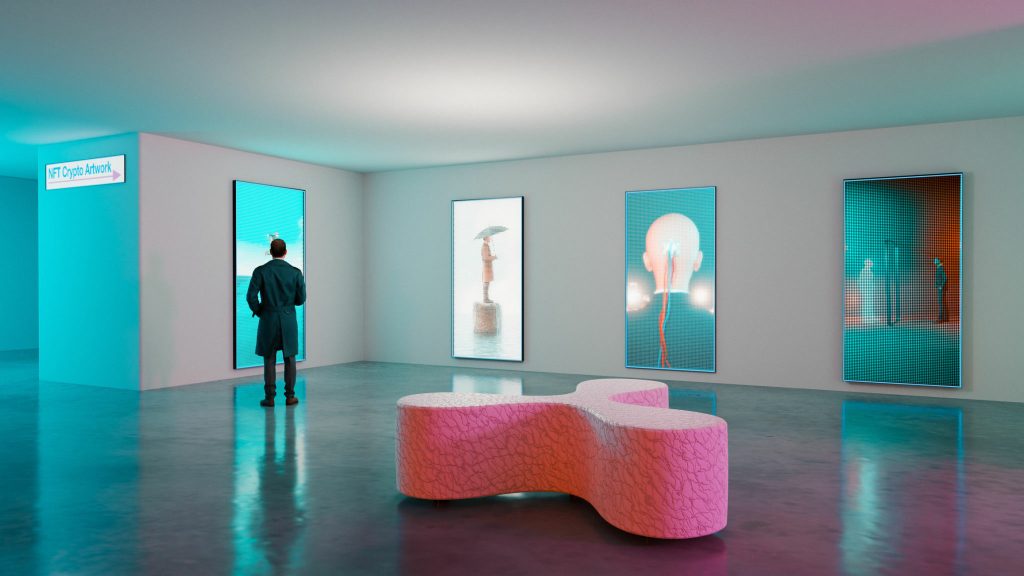
The high value of the Allure art collection is a complex and multifaceted phenomenon that goes beyond financial transactions. it represents a deep psychological and emotional connection to artistic expression, symbolizing status, taste, and cultural stewardship. Art is not only a potential investment but also a marker of financial acumen and strategic foresight. The evolving landscape of art, influenced by technology and market dynamics, continues to redefine its value and meaning. The infusion of digital art and NFTs is expanding the boundaries of collectible art, drawing in a new generation of art enthusiasts. Acquiring high-value art is a journey that captures the human penchant for beauty, expression, and connection.

